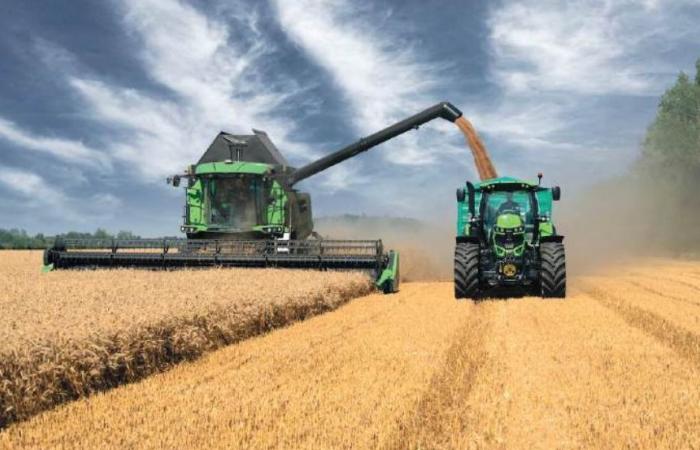“We believe that the production of Moroccan wheat has significantly decreased 40.9% in annual sliding between 2023/2024 and 2024/2025, to reach 2.5 million tonnes,” said Fitch Solutions.
However, for the agricultural season 2025-2026, the agency predicts an increase in harvest to 2.9 million tonnes.
“In the first quarter of 2025, Morocco experienced precipitation above average. According to the Minister of Equipment and Water, the levels of the dams of the dams were 49.4% of their capacity in April of this year, much more than the 32.2% reached in early April 2024. After prolonged drought with limited precipitation, this will constitute a relief for Moroccan agriculture and constitutes the main factor of our growth in the production of wheat production.
However, BMI-Fitch Solutions does not provide for a complete recovery in national wheat production, “because certain regions of the country have not benefited from these precipitation and due to the extreme nature of this precipitation and the gravity of the previous drought”.
In this context, the agency notes that the government’s grant program with tender wheat imports, extended until the end of the year in March, was to end last April.
Another element raised in this analysis: wheat plays a particularly crucial role in the food of the Moroccan population. For example, it represents 1,352 kcal/ inhabitant/ day, much more than the global average of 535 kcal/ inhabitant/ day and the 805 kcal/ inhabitant/ day in Europe.
BMI-Fitch Solutions underlines, on the other hand, that difficult climatic conditions and limited availability of water constitute a major concern in the medium and long term. “The country’s climatic conditions are not favorable to agricultural production. Morocco experienced drought for six years and, despite the recent rains, the country, in particular the regions of the center and the south, continues to suffer from drought, ”it reads.
“This highlights the extreme vulnerability of wheat production in the face of climate change and has also led to significant fluctuations in the country’s self -sufficiency levels,” notes the study.
And to continue that Morocco continues to depend on imports of wheat to meet domestic demand.
“This will be the case in the medium and long term. As we have underlined in recent articles on the fertilizer industry and the production of citrus of the country, the availability of water constitutes a persistent challenge for the country’s agrifood sector, ”plans Fitch Solutions.
According to this international rating agency, this sector represents around 85% of the country’s water consumption, but only about a fifth of agricultural land is irrigated, which highlights the challenges to be met.
The study also indicates that the government is currently focusing on strengthening water desalination capacities. It provides that investments in this sector will continue in the medium and long term. However, the report expects the water shortage to remain a problem due to climate change.
A. Channaje








